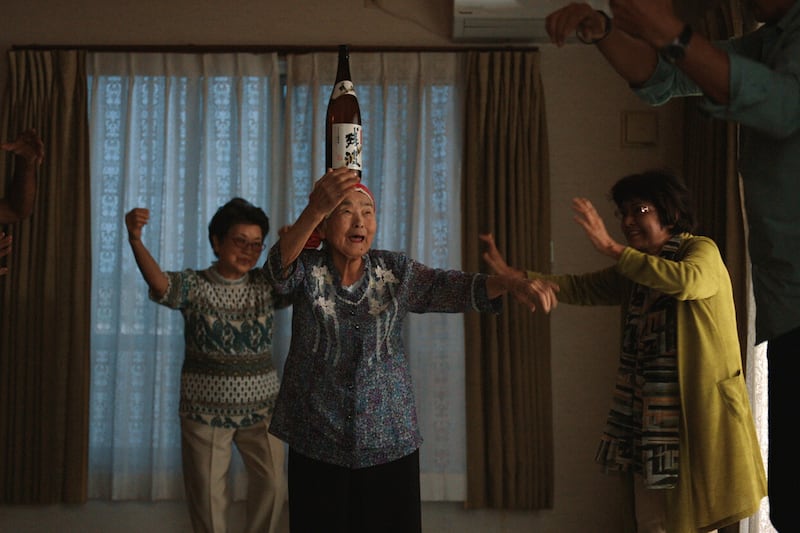Mrs Thatcher vs The Miners, Channel Five, Monday
The defining battles of Margaret Thatcher’s time as prime minister were fought in the first half of her premiership.
There is a recent dislike of the use of war terminology in politics but in each of these three conflicts it is entirely legitimate.
She is best remembered, or more accurately disliked, in Ireland for her lack of flexibility in the 1981 hunger strikes.
The Falklands War in 1982, whether you believe Britain had any business being in the South Atlantic or not, was an irrefutable victory for the Tory leader, lasting just 74 days and propelling her to an election landslide.
It was the third, however, which was the most difficult for her politically and had the longest lasting impact on British society.
This excellent, feature-length Channel Five documentary dissects the 356 days of the miners’ strike from start to finish.
Before the main strike in 1984 there were a number of precursors. Heath was roundly defeated in 1972 and throughout the 70s the power of the unions increased and the strength of the economy declined.
Thatcher came to power in 1979 with a mission to fix the economy, revive a declining Britain and curb the power of the unions.
And in the words of one miner, the National Union of Mineworkers (NUM) was “the daddy and mummy” of the labour movement.
Confrontation was inevitable, but NUM leader Arthur Scargill won the first battle in 1981 when Thatcher backed down on a plan to close 23 unprofitable pits.
But she prepared assiduously for the next confrontation. The three-part plan included making sure the power stations were fully stocked up with coal so that the lights would stay on in any strike, introducing legislation to outlaw secondary picketing and reorganising the police so that they were prepared for mass protests.
The strike began in March 1984 with the announcement of a pit closure and 165,000 men walked out. Although the 35,000 who remained at work would become critical to the outcome as would the thousands who trickled back to work over the course of a bitter year.
Scargill, an impressive orator and organiser, made some key errors, the documentary contends.
He refused to hold a national ballot, which lost the support of other trade unions and resulted in the NUM losing a legal challenge and the union having its funds frozen.
Secondly, he assumed that the success of mass and secondary picketing at Saltley Gate in 1972 could be repeated.
Finally, he was deeply distrustful of the media and left a free hand for Thatcher to present the confrontation as between law and disorder, modernisation and stagnation and the right of the minority of miners to work without intimidation.
The key battle was at Orgreave steel coking plant in May and June 1984 when Scargill attempted a repeat of Saltley Gate.
But this time police were prepared and crowds of up to 6,000 miners were unable to prevent the delivery of coal. Scargill believed he could shut down the British steel industry and force the government to the table.
He was wrong. Orgreave remained functioning and Thatcher, without a proper media response from the NUM, framed it as a battle between law breakers and law upholders.
The public relations battle had been won and while the strike would drag on into the following year, the NUM were heading for defeat from this point.
Neil Kinnock, who was just beginning his modernisation of the Labour Party after becoming leader of the opposition in 1983, is dismissive of both leaders, but saves particular ire for Scargill.
“She planned and was prepared,” he said. “He postured and banged his chest. There was absolutely no plan and no strategy.”







